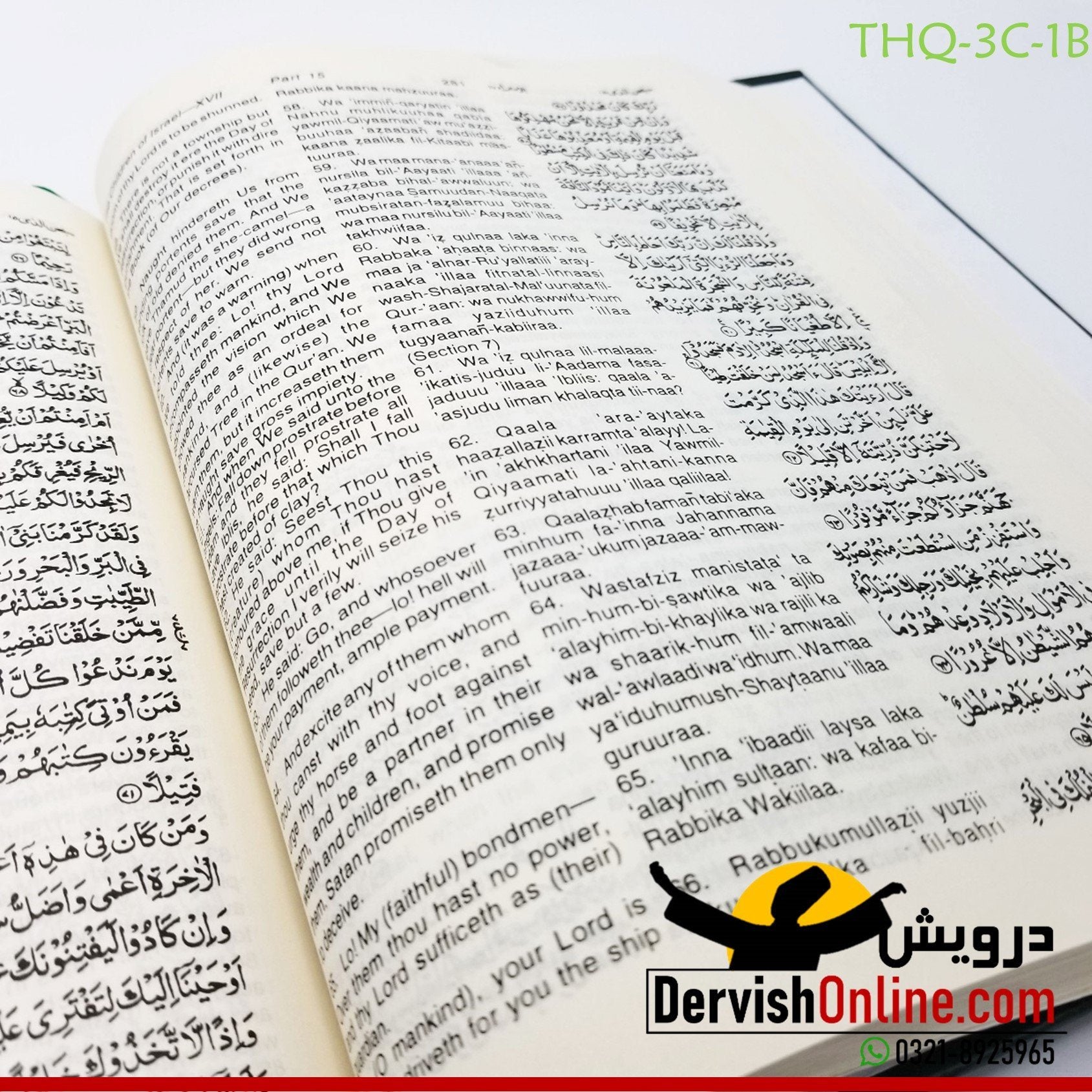

Without proper rendering support, you may see question marks or boxes, misplaced vowels or missing conjuncts instead of Indic text. The Hunterian transliteration system mostly avoids diacritics and non-standard characters. In India, where the Devanagari script is used, Roman Urdu was widely used in the Indian Army, as well as in Christian mission schools, especially for translations of the Bible. The suggestion was inspired to an extent by Atatürk's adoption of the Latin alphabet for Turkish in Turkey. Multinational corporations often use it as a cost effective method for printing and advertising in order to market their products in both Pakistan and India.Īlthough the idea of romanising Urdu had been suggested several times, it was General Ayub Khan who most seriously suggested adopting the Latin alphabet for Urdu and all Pakistani languages during his rule of the country. Romanized Urdu is mutually intelligible with Romanized Hindi in informal contexts, unlike Urdu written in the Urdu alphabet and Hindi in Devanagari. MSN, Yahoo and some desi-chat-rooms are working as laboratories for the evolving new script and language (Roman Urdu)."

This is of great advantage for those who are not able to read the Arabic script. Popular websites like Jang Group have devised their own schemes for Roman Urdu. Although, this script is under development and thus the net users are using the Roman script in their own ways. Despite this opposition it is still used by most on the internet and computers due to limitations of most technologies as they do not have the Urdu script. Sulemani: "Roman Urdu is strongly opposed by the traditional Arabic script lovers.

Roman Urdu ( Urdu: رومن اردو) is the name used for the Urdu language written with the Latin script, also known as the Roman script.Īccording to the Urdu scholar Habib R. Without proper rendering support, you may see unjoined letters running left to right or other symbols instead of Urdu script.


 0 kommentar(er)
0 kommentar(er)
